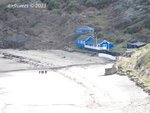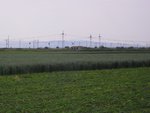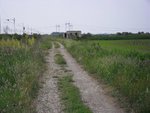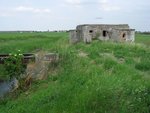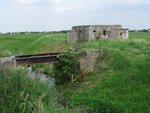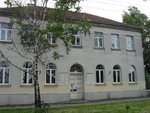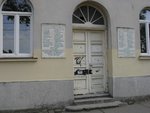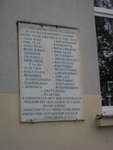- Thread starter
- #41
Tomorrow exactly 75 years ago, the Dutch army retreated rom the Grebbeline to the old, unmaintained 'Nieuwe Hollandse Waterlinie' near Utrecht. It was only fitting that I paced this place and saw this fort, build in 1820 and to be used again as part of the Waterlinie in 1940. No quality photos, I only had my iPod touch.




